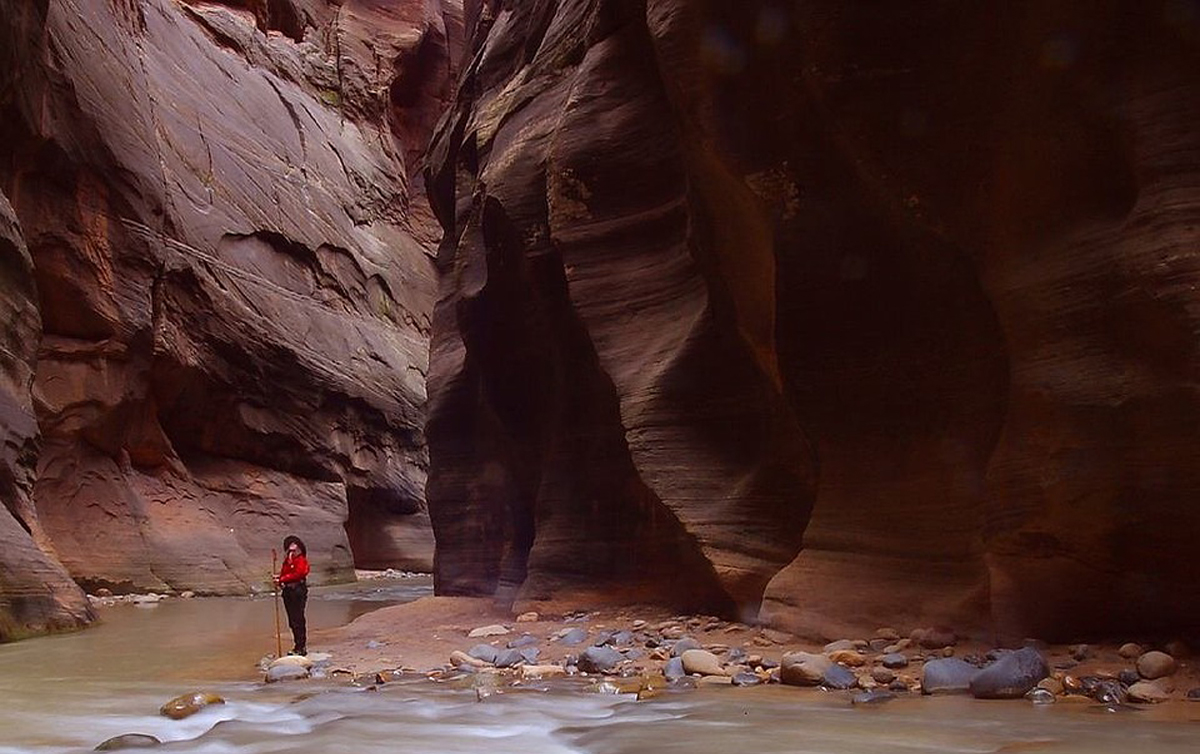 National park tourism in Utah creates more than $1.6 billion in economic benefit in the state
National park tourism in Utah creates more than $1.6 billion in economic benefit in the state
New report shows visitor spending supports 17,596 jobs in Utah
By Patrick O’Driscoll
A new National Park Service report shows that 15,154,285 visitors to national parks in Utah in 2017 spent $1.114 billion in the state. That spending resulted in 17,596 jobs and had a cumulative benefit to the Utah economy of $1.667 billion.
“From Golden Spike to Canyonlands, the 13 national park units in Utah attract visitors from within the state, across the country and around the world,” said NPS intermountain region director Sue Masica. “Whether they are out for an afternoon at Arches, a school field trip to Timpanogos Cave, or a week in Zion on family vacation, visitors come to have a great experience and end up spending a little money along the way. This new report shows that national park tourism is a significant driver in the national economy — returning $10 for every $1 invested in the National Park Service — and a big factor in the state’s economy as well, a result we can all support.”
Utah’s 13 national parks include Arches, Bryce Canyon, Canyonlands, Capitol Reef, and Zion National Parks; Cedar Breaks, Dinosaur, Hovenweep, Natural Bridges, Rainbow Bridge and Timpanogos Cave National Monuments; Golden Spike National Historic Site; and Glen Canyon National Recreation Area.
The peer-reviewed visitor spending analysis was conducted by economists Catherine Cullinane Thomas of the U.S. Geological Survey and Lynne Koontz of the National Park Service. The report shows $18.2 billion of direct spending by more than 330 million park visitors in communities within 60 miles of a national park. This spending supported 306,000 jobs nationally, 255,900 of them in park gateway communities. The cumulative benefit to the U.S. economy was $35.8 billion.
According to the 2017 report, lodging registered the highest direct benefit of park visitation nationally with $5.5 billion in economic output into local gateway economies, including 49,000 jobs. The food-and-beverage sector felt the next highest direct benefit with $3.7 billion of economic effect on the economies of local park communities, including 60,500 jobs.
By percentage, here is how park visitor spending was distributed: 32.9 percent for lodging/camping, 27.5 percent for food and beverages, 12.1 percent for gas and oil, 10.1 percent for souvenirs and other expenses, 10 percent for admissions and fees, and 7.5 percent for local transportation.
Report authors also produced an interactive tool that allows users to explore current year visitor spending, jobs, labor income, value added, and output effects by sector for national, state, and local economies. Users can also view year-by-year trend data. The interactive tool and report are available at nps.gov/subjects/socialscience/vse.htm.
Articles related to “National park tourism in Utah creates more than $1.6 billion in economic benefit in the state”
Petition to reinstate terminated Dixie State University professors circulating online
Dixie State University is firing people, again — a suggestion on how to respond
Dear Dixie State University and Legend Solar: Show me the money



